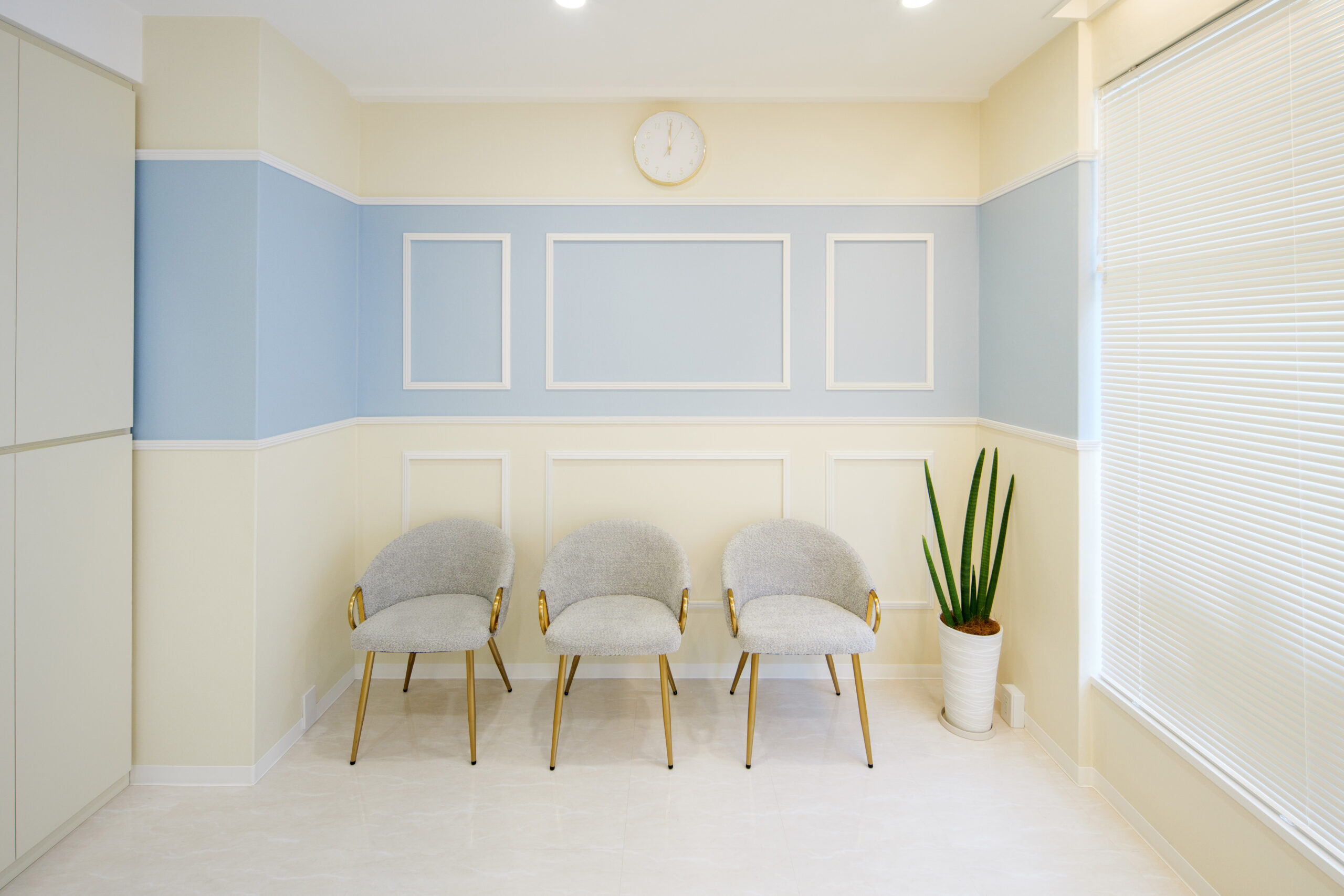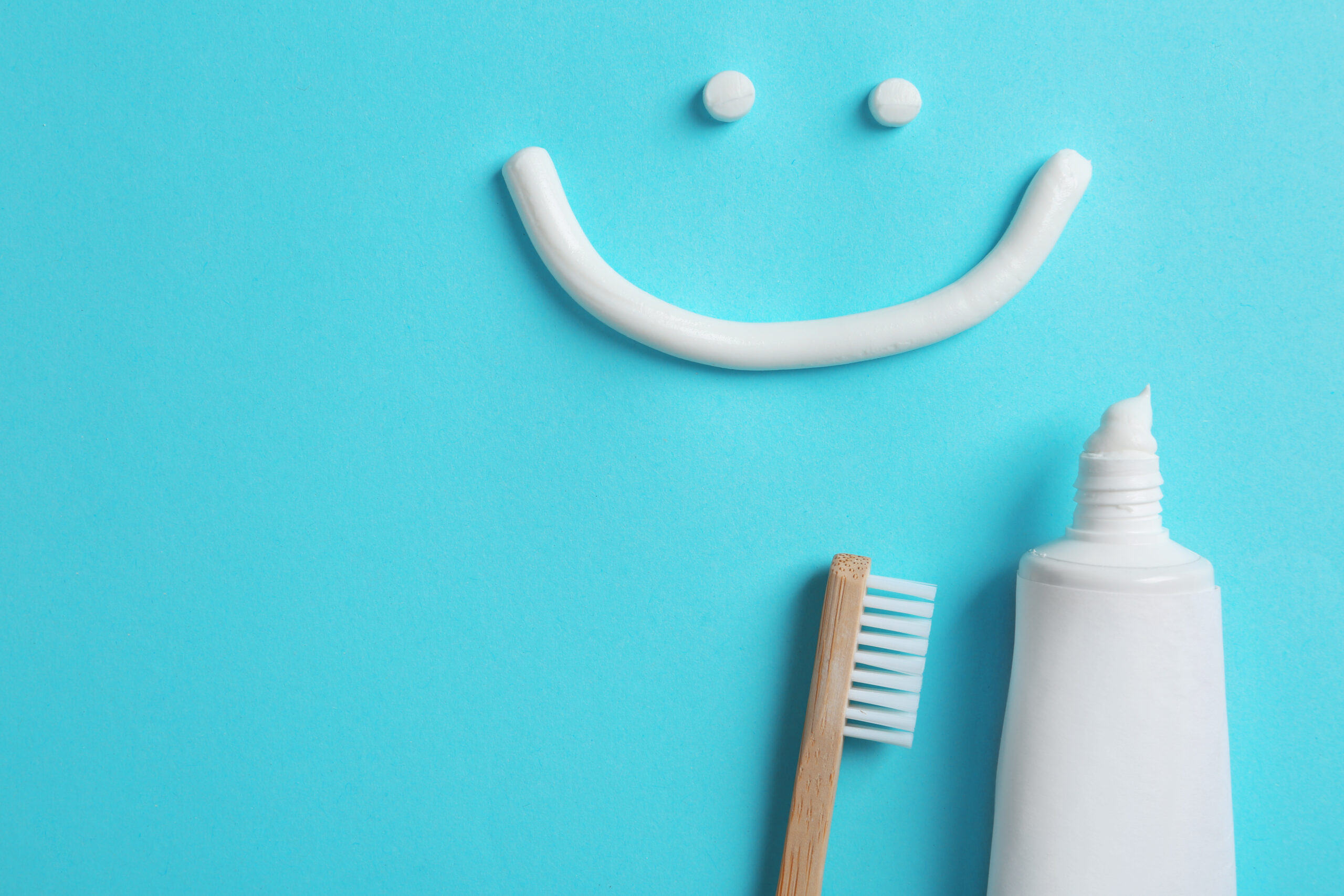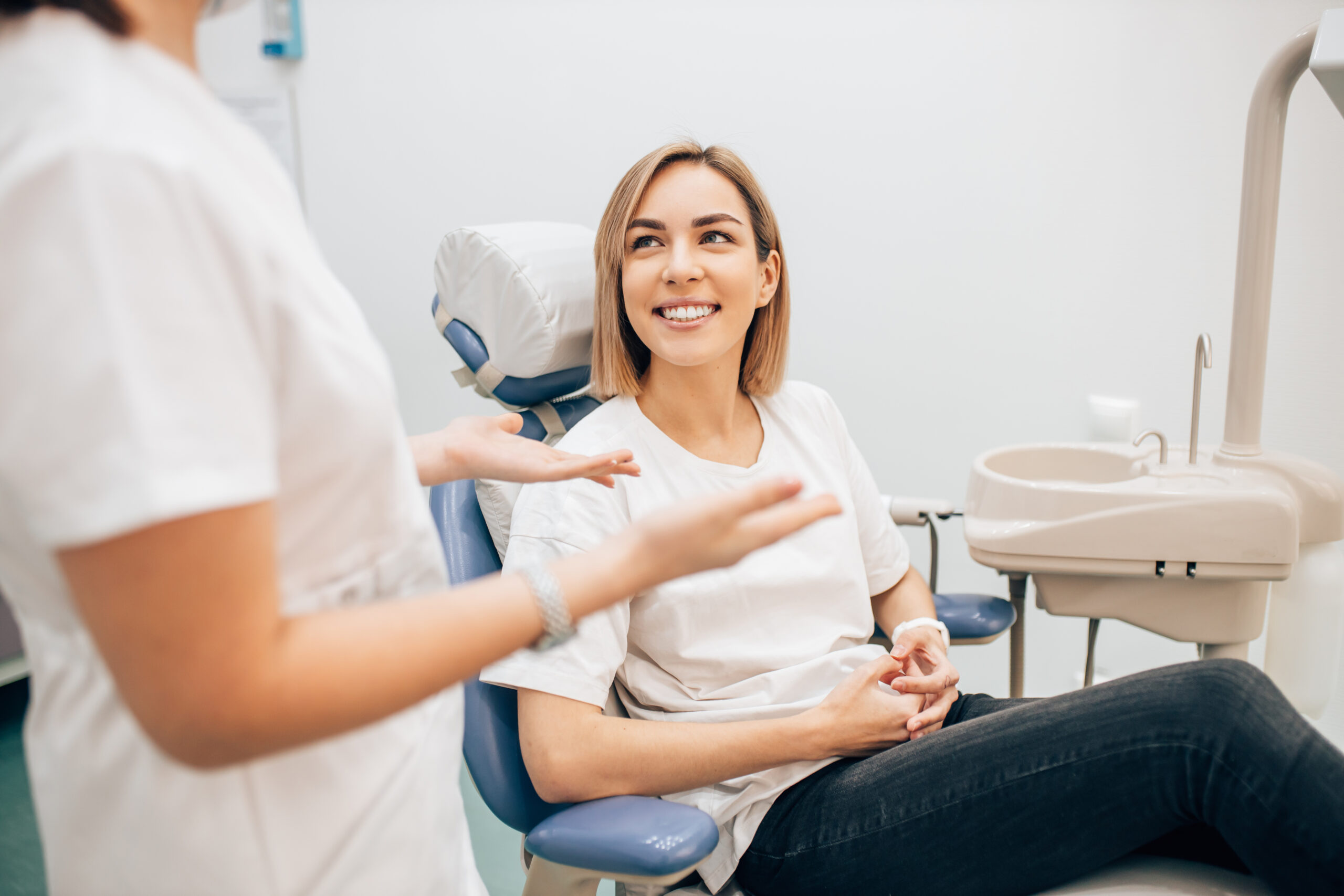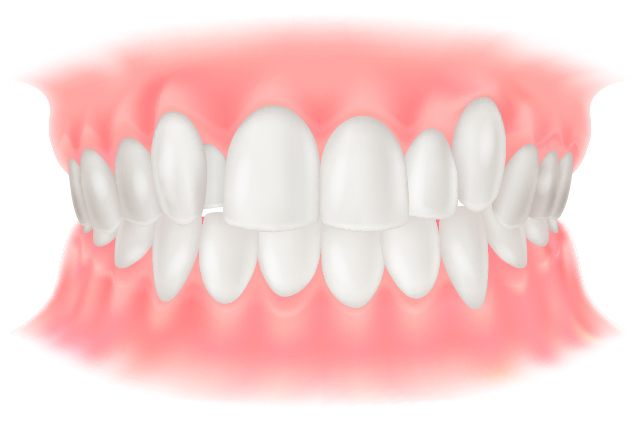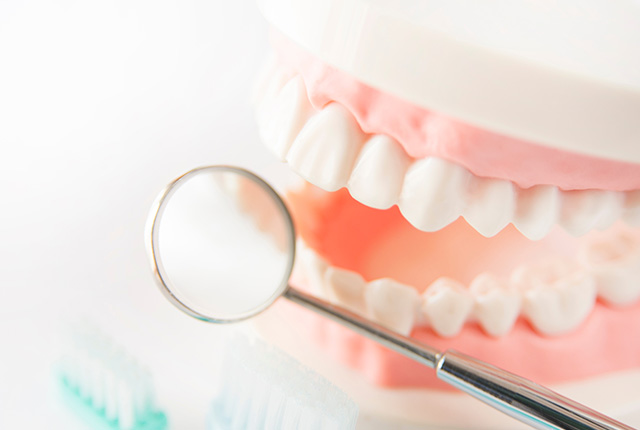2025年10月15日
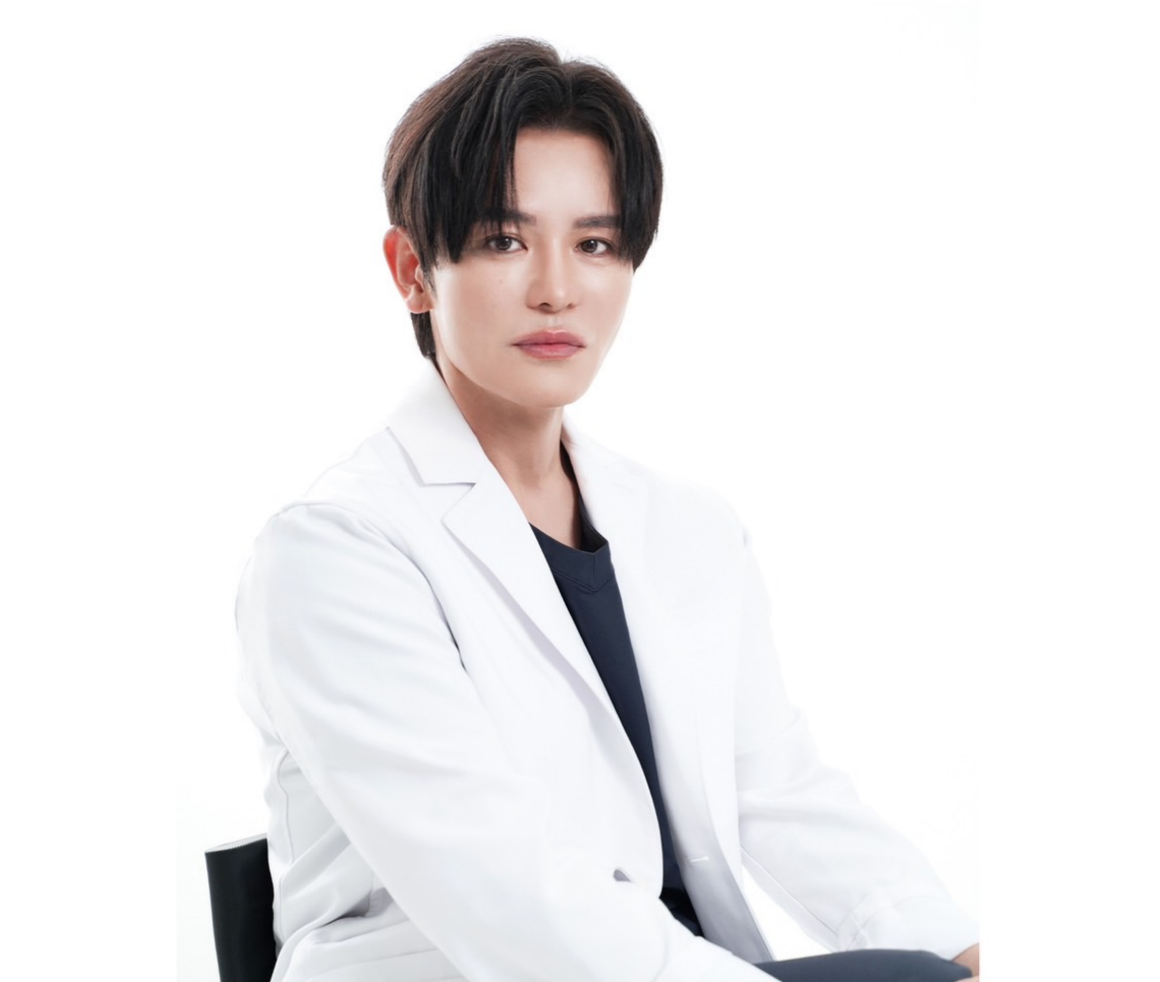
If you’re living in Japan or just visiting and suddenly realize you need to see a dentist, your first thought is probably: “Oh no… how am I going to explain this in Japanese?”
That tiny moment of panic is totally normal. In fact, almost every foreigner who ends up in Tokyo eventually faces this exact situation — a chipped tooth, a sudden ache, or maybe you just want to whiten your smile before your next meeting or trip.
Good news: Tokyo, and especially Shibuya, has become one of the easiest places in Japan to find English-speaking dental care. The key is knowing what to expect — how the system works, what’s covered, how to communicate, and which clinics are actually foreigner-friendly (not just “English OK” on the website).
This guide is written by someone who works closely with an English-speaking dental team in the heart of Shibuya, and it’s designed to help you navigate the Japanese dental world without stress. By the end, you’ll know exactly how to find the right clinic, what to expect on your first visit, and how to make your experience smooth, affordable, and even enjoyable.
Why finding an English-speaking dentist in Japan feels harder than it should
Let’s start with the obvious: Japan’s dental system is fantastic — high-quality, clean, and generally affordable. But if you don’t speak Japanese, it can feel like trying to decode an IKEA manual written in kanji.
Most dentists in Japan study in Japanese, and English conversation isn’t part of the standard curriculum. Even if they can understand some words, explaining complex things like root canals, veneers, or anesthesia options can be a challenge.
So when a clinic in Shibuya advertises “English OK”, it can mean anything from “We can say hello” to “We can explain your entire treatment plan fluently.”
That’s why choosing the right clinic matters — one that doesn’t just speak English, but truly understands how to treat foreign patients with transparency and care.
What makes Shibuya special for foreigners
Shibuya isn’t just a shopping district; it’s a hub for international residents, students, and travelers. The neighborhood is home to dozens of language schools, creative agencies, tech startups, and embassies nearby — meaning there’s a constant flow of non-Japanese residents.
Because of that, many clinics here have evolved to serve international patients.
Some dentists have studied abroad, others trained with international systems like Invisalign, Opalescence Whitening, or 3Shape/Itero digital scanning, which are globally recognized.
At Shibuya Ohno Dental & Orthodontic Clinic, for example, the team includes dentists who regularly communicate in English and have treated patients from more than 20 countries — from long-term expats to tourists who just need a quick fix.
That kind of cultural flexibility matters more than most people realize.
Japanese dental clinics are known for precision and politeness, but the biggest difference when serving foreigners isn’t the equipment — it’s communication and comfort.
What to expect during your first visit
So, let’s imagine you’ve booked your first appointment at an English-speaking clinic in Shibuya. What happens next?
First, you’ll be greeted at reception — usually by bilingual staff. If you’ve pre-filled a form online, you might not even need to write anything when you arrive. Most English-friendly clinics have digital check-in forms in English and Japanese.
Next, a dental assistant or hygienist will ask a few basic questions: what brought you in, how long you’ve had the issue, and whether you’ve had any recent dental treatment elsewhere.
Then you’ll move into the exam room, where your dentist will likely take digital X-rays or use an intraoral scanner (basically a tiny camera that maps your teeth in 3D). The technology here is incredibly advanced — it’s clean, fast, and far less intimidating than in many countries.
The dentist will show you the results on a monitor right next to your chair, so you can actually see what’s happening with your teeth in real time.
From there, you’ll discuss your options — whether it’s a quick filling, whitening, or something more complex like orthodontics.
Unlike some clinics back home where you’re rushed out, Japanese clinics tend to spend time explaining your treatment — especially if you’re a foreigner. The English-speaking ones in Shibuya make sure you understand each step before doing anything.
Common treatments foreigners ask for in Tokyo
After seeing hundreds of foreign patients, clinics in central Tokyo have noticed some clear patterns. Here’s what people most often come in for:
For many foreigners, whitening and aligners are the big draw. They’re less expensive in Japan than in most Western countries, and the quality is equal or higher.
A full professional whitening session in Shibuya usually costs around ¥18,000–¥25,000 (about $120–$160), while clear aligners vary depending on the case.
And because clinics like ours are used to international patients, you can pay by card, get receipts in English, and even use travel insurance documents if needed.
The truth about insurance and costs
Let’s clear up a common misunderstanding: Japan’s national health insurance (国民健康保険) covers basic medical care, but not cosmetic or elective treatments.
So, if you’re a resident with a Japanese health insurance card, you’ll get discounted rates for fillings, extractions, or checkups — usually around ¥1,000–¥3,000 per visit.
If you’re a tourist or on a short stay, you’ll pay the full price — but even then, Japan’s dental fees are surprisingly reasonable.
For example:
And everything is discussed upfront — no surprise bills, no hidden charges.
Most English-speaking clinics will email you an estimate in English before you start any treatment, which makes budgeting easy.
Communication tips — how to talk to your dentist in Japan
Even if your dentist speaks English, a few simple habits can make communication smoother.
Try to describe symptoms in simple terms like “It’s a dull ache” or “It hurts when I bite.” Japanese dentists are trained to diagnose with precision, but they appreciate clear feedback.
If you have allergies, medication, or special requests (like “Please use less anesthesia”), say it directly. Japanese doctors value politeness, but they also prefer clear, honest communication from patients — they won’t think it’s rude.
Also, bring photos or past dental records if you have them. That helps the dentist see your history and avoid repeating old treatments.
Cultural differences that might surprise you
If it’s your first time visiting a dentist in Japan, you might notice a few things that feel a little different.
For one, dental chairs here are incredibly high-tech — they often have built-in monitors and sterilization systems. Clinics are spotless, and staff wear masks and gloves 100% of the time (even before COVID).
The second surprise? Silence.
Japanese dental offices are usually quiet — no loud background music, no chatting between patients. It’s designed to be calm and professional.
And third, punctuality matters. If your appointment is at 2:00, the dentist will probably call you in at 2:00 sharp. Being late is considered impolite, so try to arrive a few minutes early.
What about whitening or cosmetic treatments?
If you’re planning to improve your smile, Tokyo is actually a great place to do it.
Many clinics in Shibuya specialize in cosmetic dentistry — everything from simple whitening to full smile design.
Unlike the typical “Hollywood smile” approach, Japanese dentists aim for natural harmony — teeth that match your face shape, skin tone, and expression.
For example, when designing veneers or composite bonding, the goal isn’t just to make teeth bright white, but to create a balanced, believable beauty.
Whitening options include:
Many foreigners start with whitening and then decide to fix alignment or shape later.
It’s not just about vanity — a clean, white smile can make a huge difference in social and professional situations, especially in Japan, where first impressions are everything.
Invisalign and clear aligners — the “invisible orthodontics” boom
Invisalign and other clear aligners have exploded in popularity in Japan.
For working professionals who don’t want visible braces, aligners are the perfect solution — and Shibuya clinics have some of the most advanced systems available.
The process is simple:
Treatment usually takes 6–18 months depending on the case, and because everything is digitally planned, progress is easy to track.
Many clinics even offer remote progress checks — you send photos through LINE or email, and the dentist tells you whether to move to the next set. Perfect for busy professionals or those traveling often.
How to find the right clinic
When searching “English-speaking dentist Tokyo” or “dentist Shibuya,” you’ll see dozens of listings. So how do you know which one is actually good?
Here are some signs a clinic truly understands foreign patients:
You can also check Google Maps reviews — not just the score, but the language of the reviews. If many are written in English, that’s a strong sign they actually see foreign patients regularly.
Shibuya Ohno Dental & Orthodontic Clinic, for instance, often appears in searches like “English dentist Shibuya,” “foreigner-friendly dentist Tokyo,” or “Invisalign Japan English.” That’s because of its consistent communication and transparent service, not because of ads.
Tourists: yes, you can see a dentist in Japan
If you’re traveling in Japan and suddenly get tooth pain, don’t panic — you can visit a dentist even as a tourist.
Just bring your passport and credit card, and explain what’s wrong.
Emergency treatments like fillings, extractions, or pain relief are done quickly, and you’ll get a written receipt for insurance claims when you return home.
And if you’re planning a longer stay, it’s worth getting a full cleaning or whitening while you’re here — Japanese dental standards are excellent, and Shibuya is convenient to reach from anywhere in Tokyo.
Why many foreigners prefer Japan for dental care
Surprisingly, more and more expats and travelers are choosing Japan because of its dental standards.
Clinics here are clean, punctual, and transparent about pricing — a refreshing change from some countries where you wait hours or get overcharged.
Equipment is world-class, staff are gentle, and the overall atmosphere feels more like a spa than a medical office.
Some clinics even play ambient music and offer aromatherapy during whitening or cleaning sessions.
Plus, the quality of cosmetic work — especially ceramics, whitening, and aligners — is top tier.
Many patients say their Japanese dentist’s work lasted longer and looked more natural than what they had before.
Tips for a smooth dental experience in Japan
If you want your visit to go perfectly, here’s what to keep in mind (without listing, just imagine this as advice from a friend).
Arrive early. Fill out your forms carefully and double-check your address for receipts. Mention any allergies or medication upfront. Don’t be shy about asking questions — Japanese dentists respect patients who take an interest in their treatment.
If you’re doing whitening, avoid coffee, tea, or curry for a day afterward. If you’re doing aligners, wear them consistently — skipping days delays results. And if you’re nervous, tell your dentist. They’ll take extra care to keep you comfortable, maybe using a slower anesthesia technique or more breaks.
Think of your dentist as your partner, not just a service provider. The more you communicate, the better the outcome will be.
Final thoughts — your smile, your confidence
Finding a good English-speaking dentist in Tokyo might feel daunting at first, but once you step inside the right clinic, you’ll realize it’s not difficult — it’s just different.
The best clinics in Shibuya combine Japanese precision with international hospitality. They’ll take the time to explain, listen, and create a treatment plan that fits your goals — whether that’s a simple cleaning, a photo-ready smile, or long-term orthodontic correction.
Your smile is one of the first things people notice, especially in Japan where politeness and presentation go hand in hand. Taking care of it isn’t just about health; it’s about confidence, comfort, and connection.
So if you’ve been putting it off because of the language barrier, consider this your sign. Book that appointment. The process is easier, friendlier, and more modern than you think — and who knows? You might actually start enjoying your dental visits.
Because when your smile changes, your whole experience in Japan changes with it.
 Shibuya Ohno Dental & Orthodontic Clinic — English-speaking, centrally located, and open for both residents and tourists.
Shibuya Ohno Dental & Orthodontic Clinic — English-speaking, centrally located, and open for both residents and tourists.
LINE & Web reservations available, just 2 minutes from Shibuya Station East Exit.



